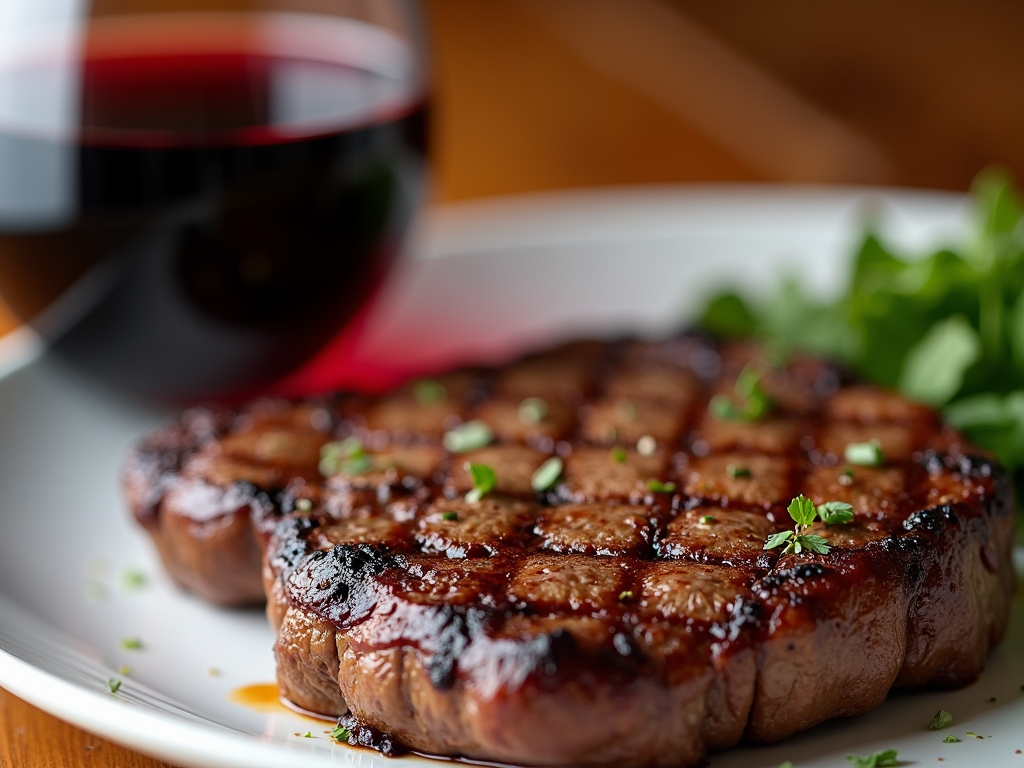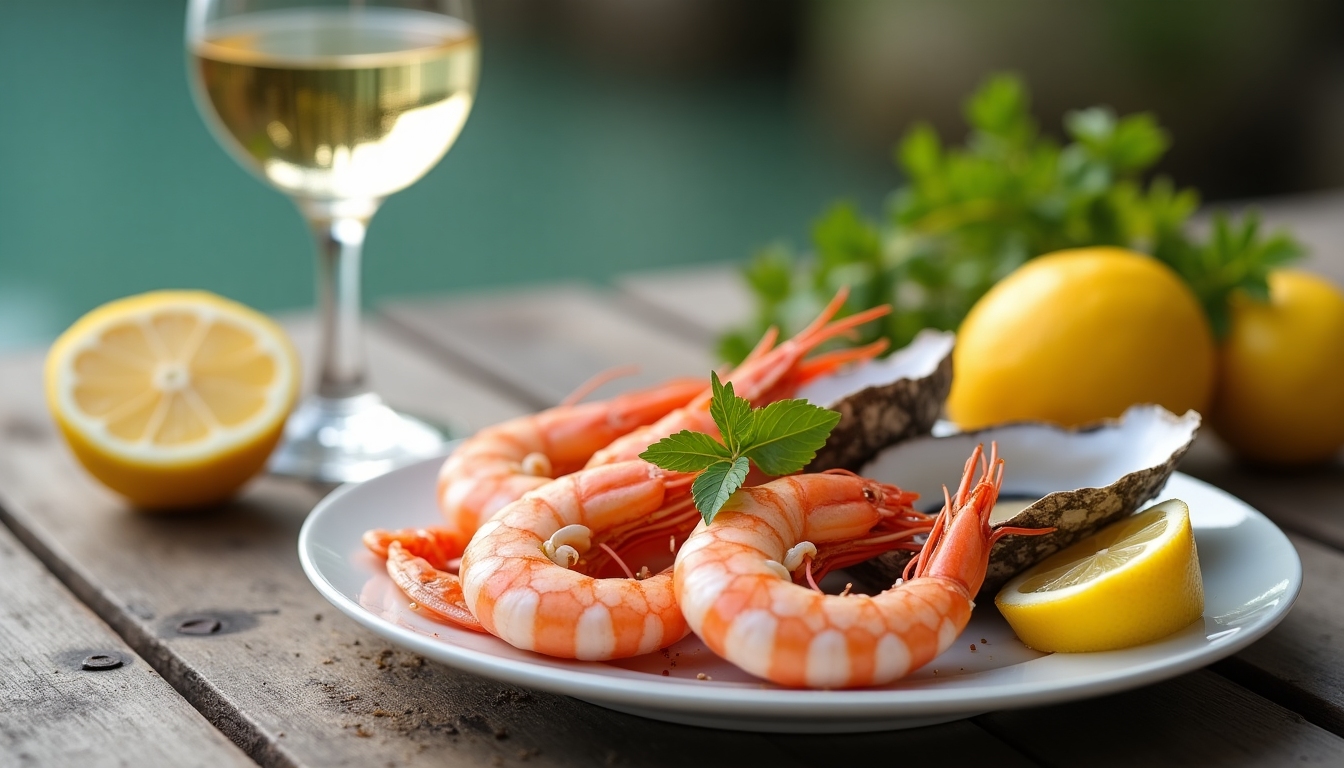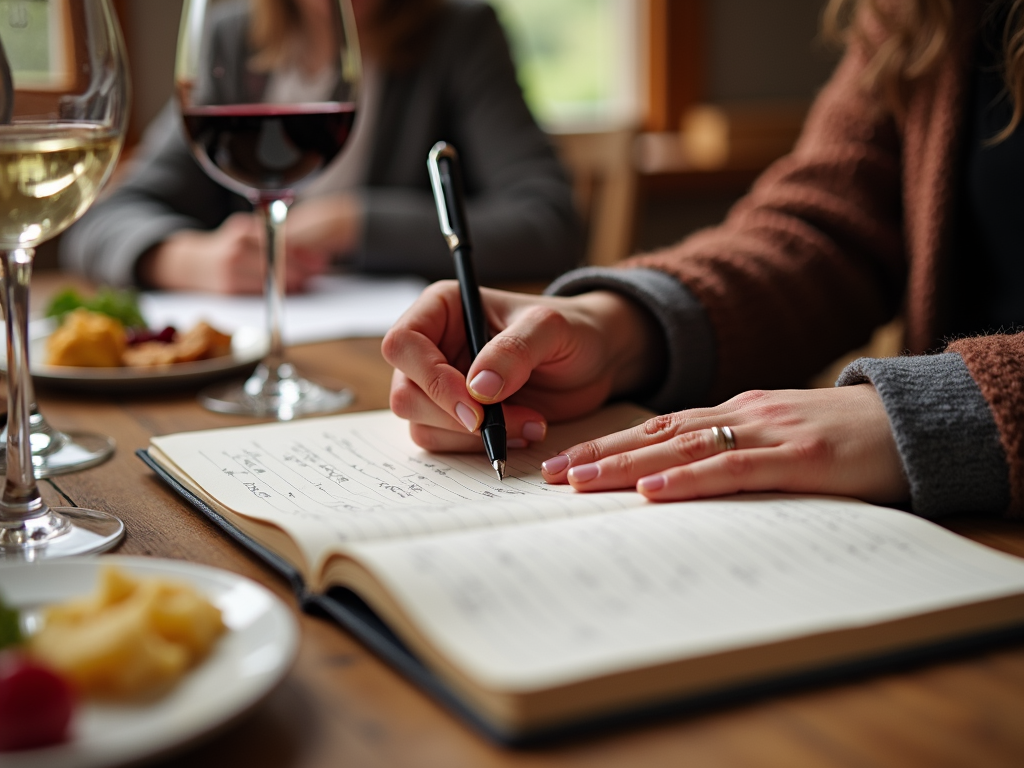The Art of Wine Pairing: Advanced Techniques for Enthusiasts
Wine pairing is an exciting journey that goes beyond basic rules. It’s about creating a memorable dining experience by blending the flavors of wine and food. In The Art of Wine Pairing: Advanced Techniques for Enthusiasts, we’ll explore how to take your skills to the next level with practical, creative ideas.
Why Wine Pairing Matters
Pairing wine with food isn’t just tradition—it’s a way to enhance every bite and sip. A great pairing can make flavors pop, while a poor one can leave your meal feeling flat. For enthusiasts, mastering advanced techniques opens up new possibilities, turning every dinner into a celebration.

Decoding Flavor Profiles
To excel in The Art of Wine Pairing, start with flavor. Wines and foods have key traits—sweetness, acidity, bitterness, or richness. A sharp, acidic wine like Sauvignon Blanc cuts through creamy sauces, while a fruity red like Beringer Zinfandel balances spicy dishes. Match or contrast these traits for harmony.
Quick Flavor Pairing Guide
- Sweet Foods: Try a slightly sweet wine (e.g., Riesling) to match or tame spice.
- Rich Foods: Pair with bold, tannic reds like Cabernet Sauvignon.
- Acidic Dishes: Choose high-acid wines like Pinot Grigio.
- Salty Snacks: Go for sparkling wines like Champagne.

The Magic of Terroir
Terroir—where a wine comes from—shapes its taste and pairing potential. A crisp Chablis from France, with its chalky minerality, sings with oysters. Meanwhile, a robust Beringer Cabernet from Napa Valley, with its bold fruit, loves grilled meats. Local wines often pair best with local dishes.
Cooking Methods Change Everything
How you cook food matters as much as the ingredients. Grilled dishes with smoky notes pair well with oaky reds like Syrah. A light, buttery Chardonnay shines with pan-seared fish. Roasting or frying? Pick a wine that matches the intensity of those flavors.

Play with Contrasts
Advanced pairing isn’t always about matching—it’s about surprise. Try a sweet Sauternes with salty blue cheese for a thrilling clash. Or pair a tannic red with fatty duck to smooth out the richness. Contrasts can wake up your taste buds in unexpected ways.
Texture Matters Too
Think beyond flavor—texture plays a role. A velvety Pinot Noir complements tender lamb, while a bubbly Prosecco lifts crispy fried chicken. Heavy wines suit hearty dishes; light wines match delicate bites. It’s like pairing a cozy sweater with winter or a breezy shirt with summer.

My Favorite Pairing Moment
One night, I paired a Beringer Zinfandel with a spicy Thai curry. The wine’s juicy fruit danced with the dish’s heat, creating a balance I still dream about. It taught me to trust my instincts. Experimentation is key—your perfect pairing might break all the rules.
Pairing with Desserts
Desserts can be tricky, but they’re a playground for enthusiasts. Chocolate loves a rich Port or a Beringer red with dark fruit notes. Lighter sweets, like fruit tarts, pair with Moscato. The trick? Make sure the wine is sweeter than the dessert.

Seasonal Pairing Tips
Seasons guide pairings too. In summer, crisp rosés match salads or grilled veggies. Winter calls for hearty reds with stews. Spring? Think floral whites with asparagus. Fall loves earthy Pinot Noirs with mushrooms. Let the time of year inspire your choices.
Tools for Success
Keep a notebook to track what works. Taste wines solo first to know their personality. And don’t rush—sip and savor to find the magic. Resources like Wine Pairing 101: Essential Tips for Beginners can build your foundation before diving into advanced tricks.

Summary
Mastering The Art of Wine Pairing: Advanced Techniques for Enthusiasts means blending science and creativity. From flavor profiles to terroir, cooking styles to bold contrasts, every choice shapes your experience. Dive in, experiment, and enjoy—the best pairings are the ones that make you smile.